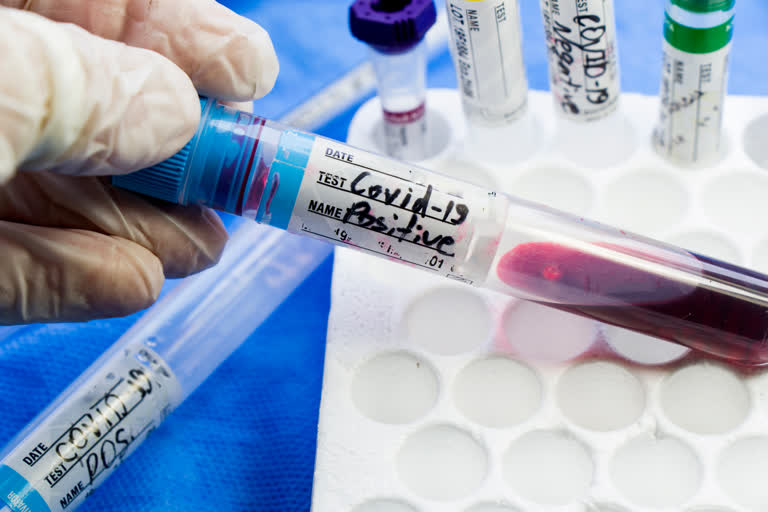A Cambridge hospital has piloted the use of combined rapid point-of-care nucleic acid and antibody testing for SARS-CoV-2 infection after researchers at the University of Cambridge showed that this approach was superior to virus detection alone for diagnosing COVID-19 disease.
Point-of-care testing - in other words, testing patients as soon as they arrive at the hospital - is essential for enabling healthcare workers to rapidly diagnose patients and direct those who test positive for infection to dedicated wards. A recent study showed that SAMBA II, a new point-of-care PCR test for SARS-CoV-2 developed by Cambridge researchers, was able to dramatically reduce time spent on COVID-19 'holding' wards - allowing patients to be treated or discharged far quicker than with current lab testing set-ups.
PCR tests involve extracting a minuscule amount of RNA from the virus and copying it millions of times, creating an amount large enough to confirm the presence of the virus. The virus is captured through a swab inside the nostrils and at the back of the throat. However, it can take as long as 14 days for an individual to show symptoms of COVID-19, by which time the virus may have moved away from the nose and throat and into the lungs and other tissues and organs, making it harder to detect via a swab test. As a result, studies have shown that PCR tests can miss as many as half of infected patients five days after infection.
Antibody tests provide an alternative way of identifying infected individuals, but antibodies - molecules produced by our immune system in response to infection - generally do not appear until at least six days after infection. Professor Ravi Gupta from the Cambridge Institute of Therapeutic Immunology and Infectious Disease at the University of Cambridge said: "We still do not have a gold standard test for diagnosing COVID-19. This poses a challenge to healthcare workers who need to make quick and safe decisions about how and where to treat patients.
Professor Gupta led a team that used the approach of combining rapid point-of-care PCR and antibody tests to diagnose 45 patients at Addenbrooke's Hospital, Cambridge University Hospitals NHS Foundation Trust. The results of this peer-reviewed study are published in Cell Reports Medicine.
The patients, each of whom had suspected moderate to severe COVID-19 disease, provided nose/throat swabs for the tests detecting nucleic acid (virus genetic material) and blood serum for antibody testing an average (median) of seven days after the onset of illness.
The authors designed a gold standard reference test made of two parts, either of which could be positive to confirm COVID-19. The first part was an in vitro test where artificial SARS-CoV-2 viruses were made and mixed with serum from patients to see whether the serum contained neutralizing antibodies. The second part of the gold standard was the standard Public Health England laboratory test looking for genetic viral material in nose/throat swabs. Using this gold standard, 24 of the patients had COVID-19.



